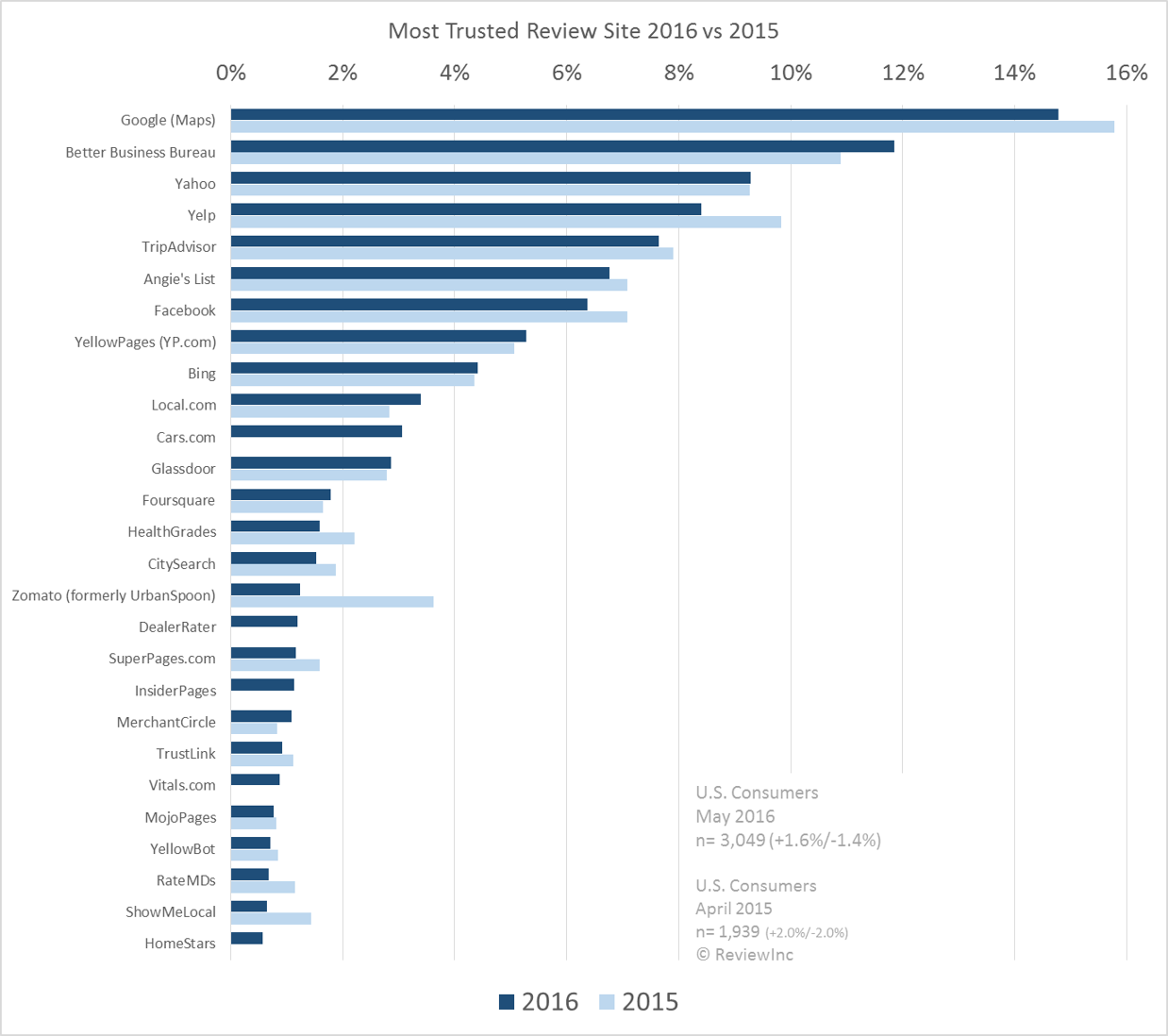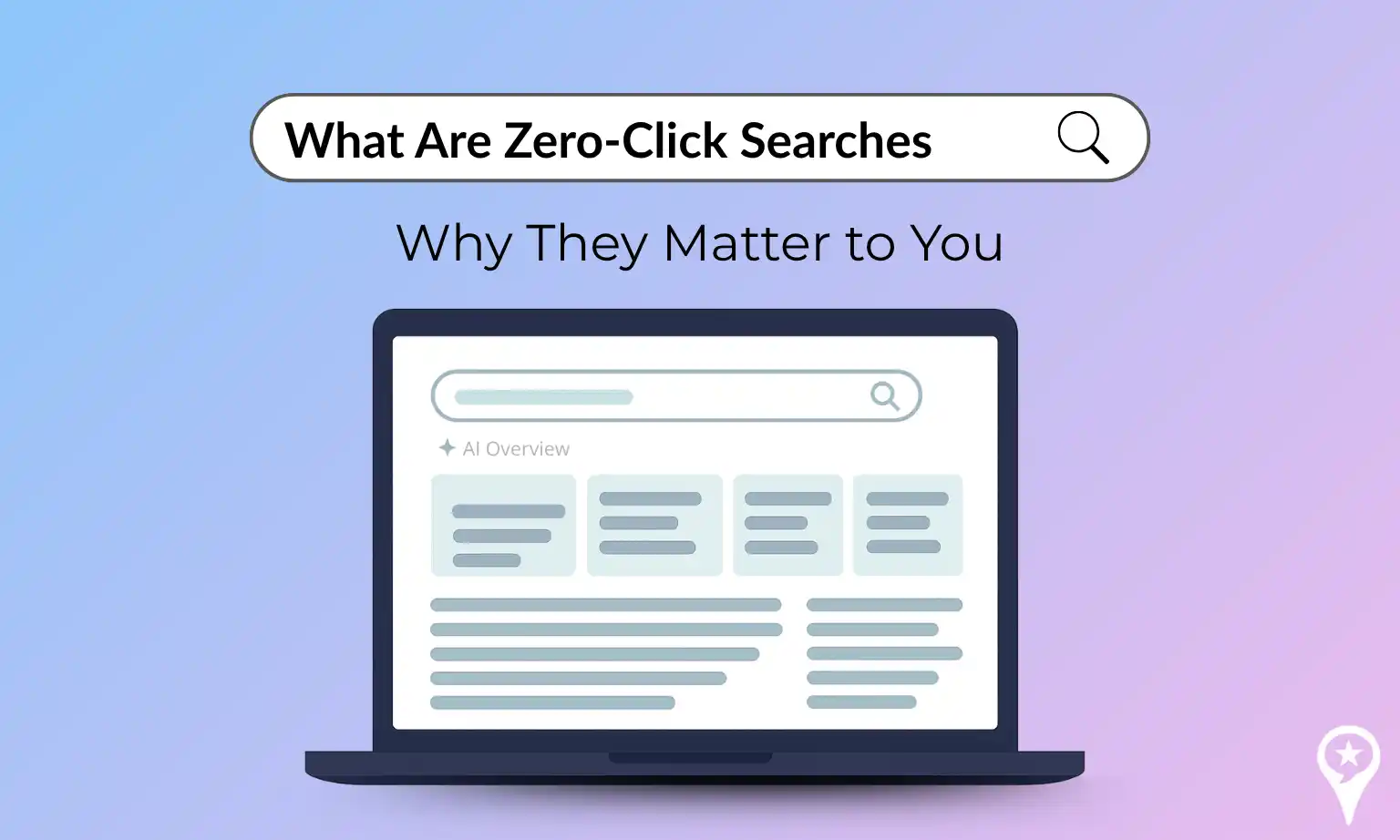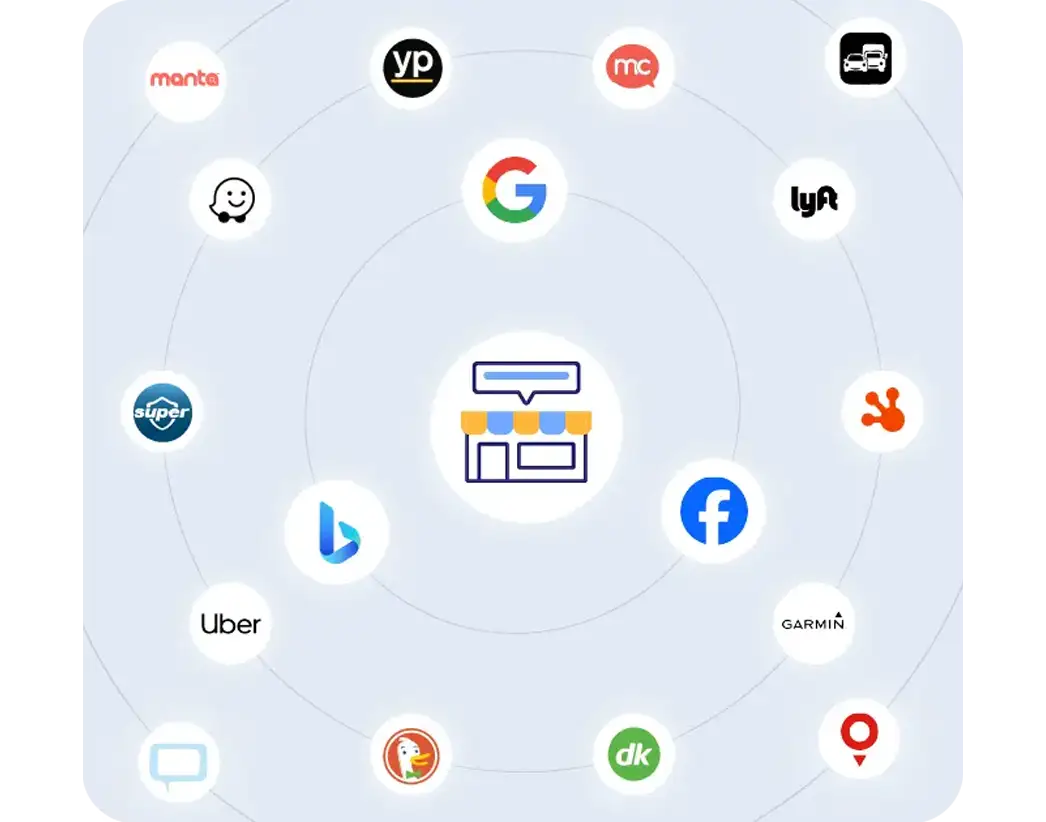
Pictured above: iPhone 6 Plus (5.5 inches), iPhone 6 (4.7 inches) and iPhone 5s (4 inches)
With the recent release of the iPhone 6 and iPhone 6 Plus, it is readily apparent that mobile screen sizes are growing larger.
With the increase in screen real estate, what does this mean for developers? Well, it may mean that mobile sites are going to quickly be phased out.
When your phone has just about the same amount of resolution as your desktop or laptop, you have to wonder, “Do I even need to use the mobile site?”
Mobile sites were designed with the express purpose of offering simplicity and ease-of-use for consumers. But often times, the usability of these sites is extremely limited, leading many to not even bother doing the task they intended to do until they have a chance to get to a computer, or more commonly, downloading the appropriate app.
The current fad is responsive websites that re-size according to the size of the device. But this one-design-fits-all approach often leads to modular content that is not always appropriate in every context.
Mobile sites still have a use, of course. For those consumers who have yet to upgrade to a larger-screened phone, often dubbed the “phablet” for phone + tablet, these sites still make sense.
According to the latest market study by International Data Corporation (IDC), phablet shipments will reach 175 million units worldwide in 2014, passing the 170 million portable PCs expected to ship during the same period.
But as these smaller-screened smartphones gradually become phased out, it seems so too will the mobile sites.









